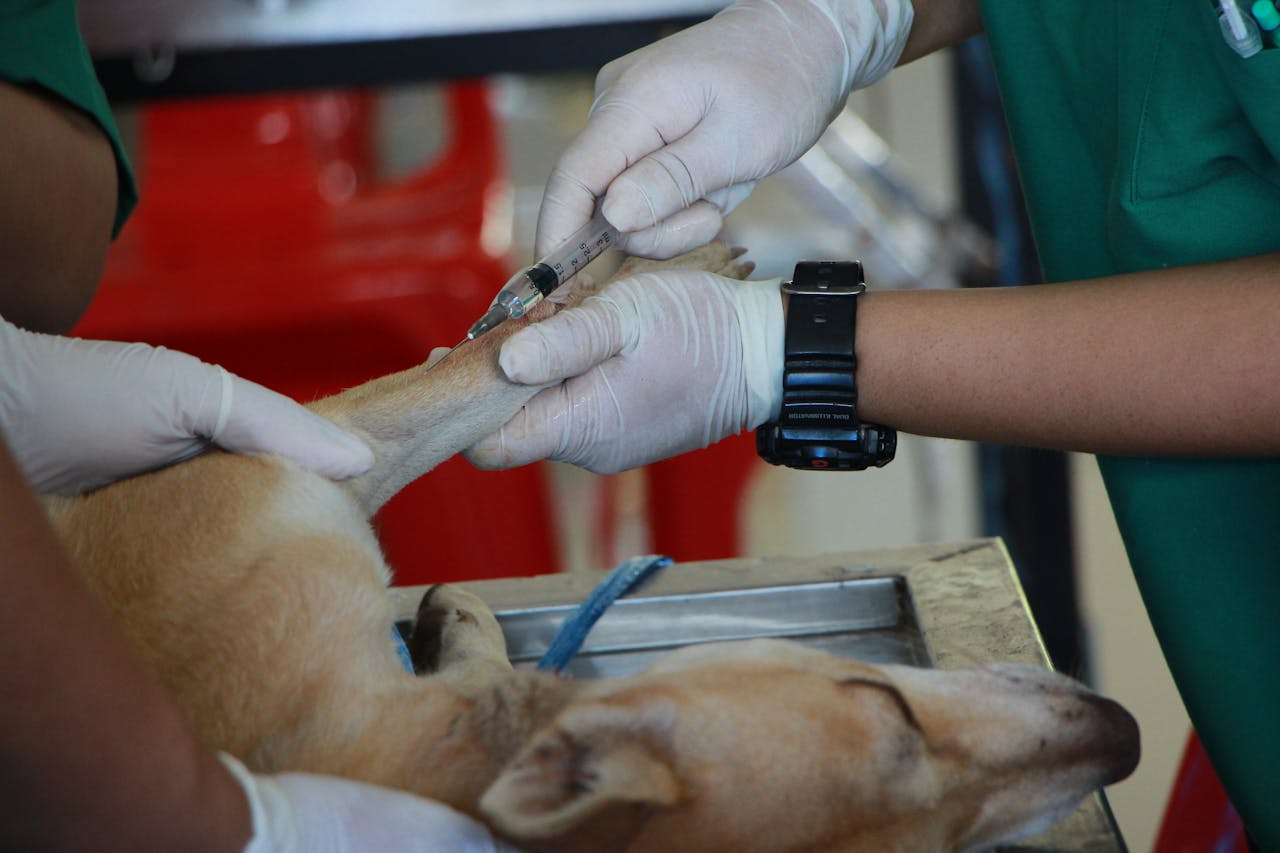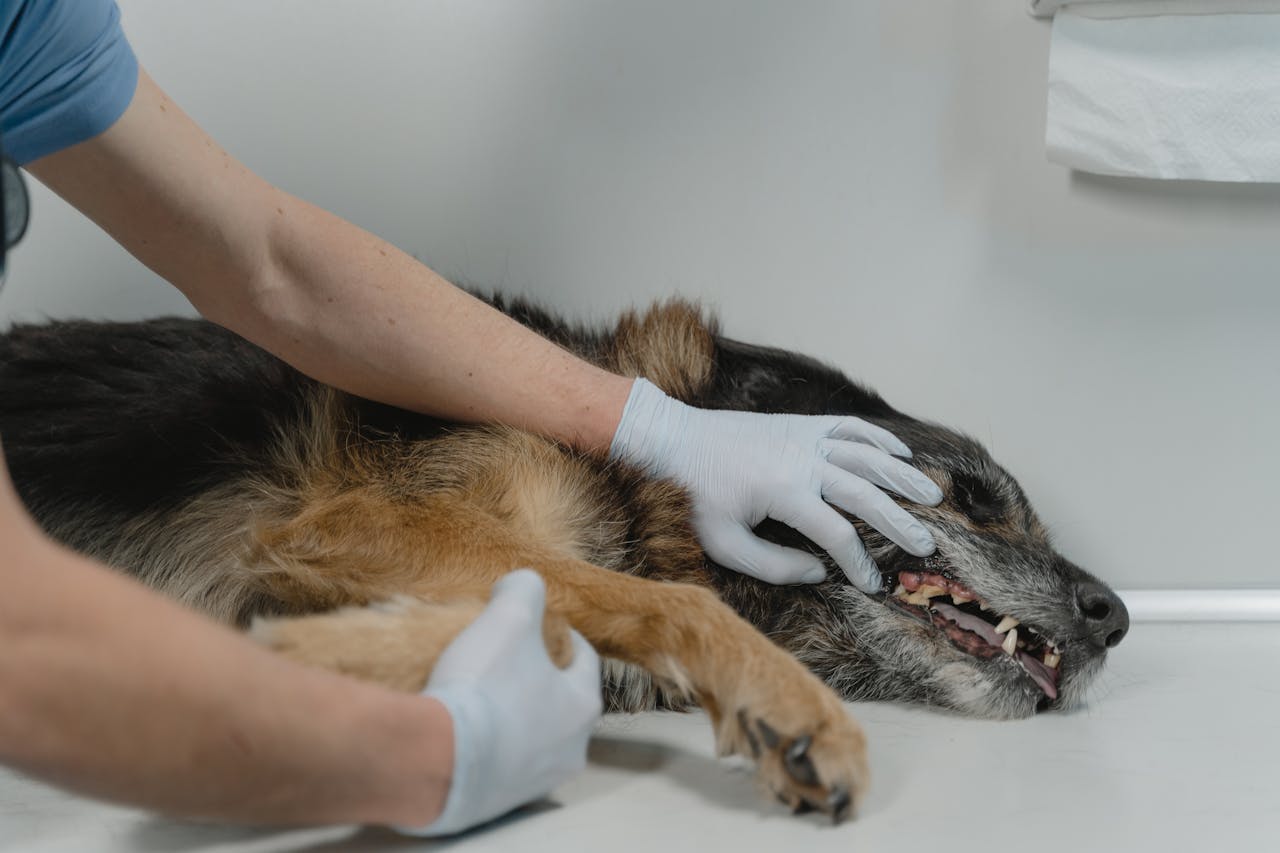All dog conditions Articles

Cancer Treatment for Dogs: A New Hope
It’s tough to imagine that our beloved pets, who bring us so much happiness, can also struggle with serious issues like cancer. For years, treatment options for dogs with cancer were far behind what humans had. But there’s hope—things are starting to improve.

Understanding Cancer in Pets: A Veterinarian’s Insight
Cancer isn’t just a human concern—it can affect our beloved pets too. While it’s a complex disease, understanding the basics can make a big difference. Here’s a simple breakdown of how cancer develops in animals, signs to watch for, and the treatment options that can help give your furry friend the best chance at a healthy life.

Understanding Common Cancer Terms for Your Pet
Dealing with the possibility of cancer in your pet can be both stressful and emotional. But having a basic understanding of key terms can make conversations with your veterinarian easier and less overwhelming. To help you feel more informed and confident, here are some common cancer-related terms explained in simple, straightforward language.

Caring for Senior Pets: A Guide for Loving Pet Owners
Do you remember the excitement of bringing home your playful puppy or curious kitten? It feels like just yesterday, doesn’t it? But as time passes, you might start to notice small changes—maybe they’re not as quick to chase after a toy or they nap a little more than usual. Could this just be a part of getting older?

5 Painful Conditions in Dogs and How to Help Them
Dogs may not be able to tell us when they're in pain, but as loving pet parents, we can pick up on subtle changes in their behavior that indicate something isn’t right. Here are five common health issues that can cause significant discomfort in dogs, along with helpful tips on how to spot and manage them.

10 Reasons Your Dog Might Have Diarrhea: When to Be Concerned
Has your dog been having diarrhea lately? It might just be a minor stomach issue, but there could be other reasons behind it—some harmless and others more serious. Let’s take a closer look at what might be going on.
Get insurance plans with wide-ranging coverage options






